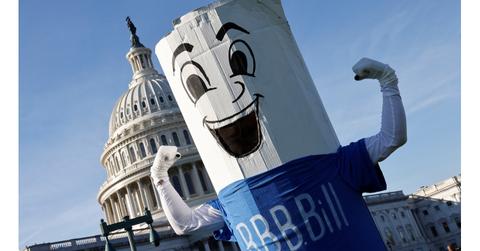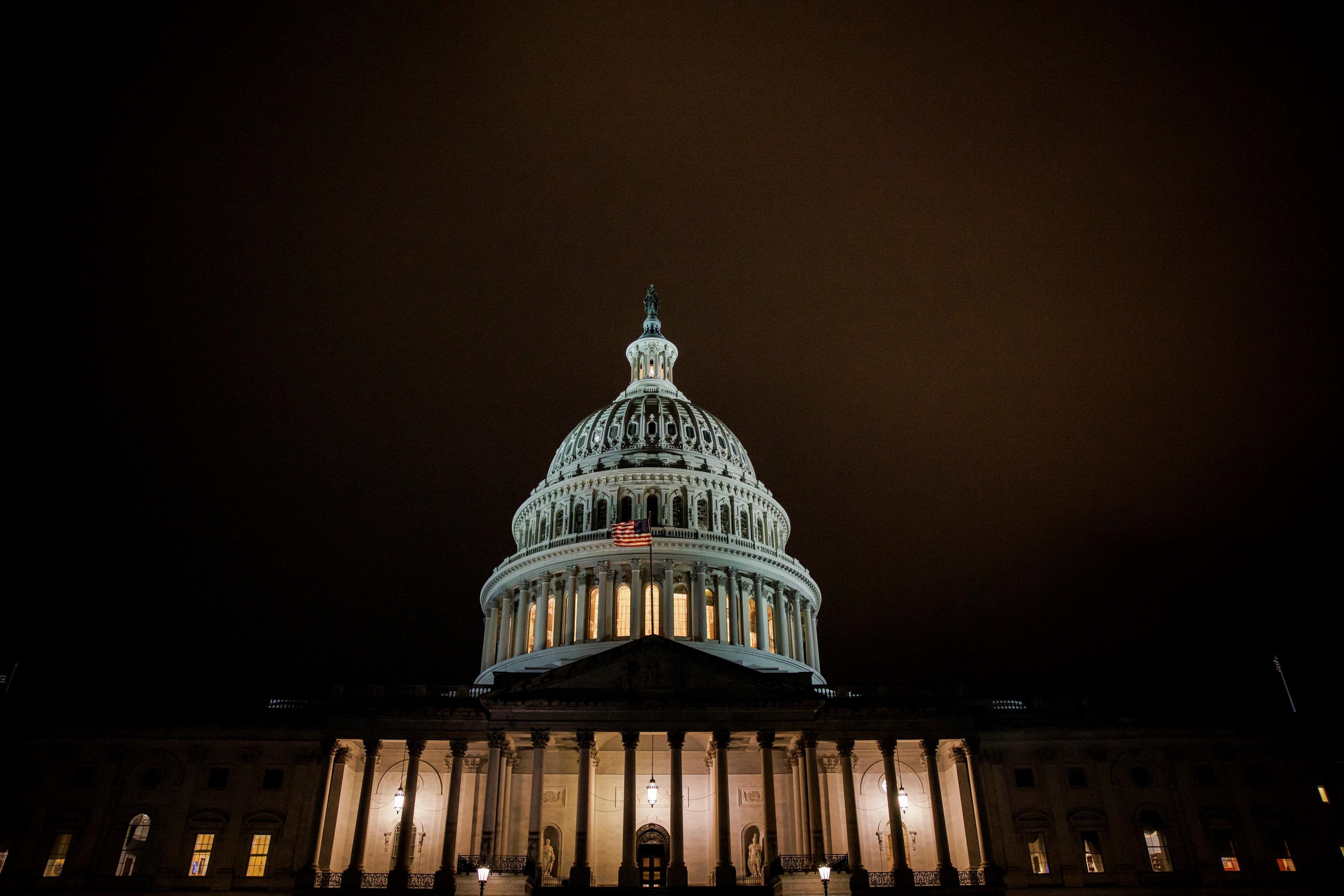Tax Changes Expected to Accompany the Build Back Better Act
The Build Back Better Act won't pay for itself. According to the Biden administration, certain tax changes will help fuel the cost.
Nov. 22 2021, Published 2:23 p.m. ET
President Biden's Build Back Better social spending bill is moving to the Senate, but experts say that it faces an uphill battle in its current form. More nips and tucks could come, but many Democrats hope that tax changes built into the bill will be enough to convince moderates and Republicans that it will be fully paid for in the right ways.
Here's a rundown of the many proposed tax changes in Biden's social and climate policy plan, which is worth about $1.7 trillion in its current form.
The Build Back Better Act would extend certain expanded tax credits.
Parts of the Build Back Better Act would help the poor and middle class, including an extension of the already expanded child tax credit. The extension would enable advanced payments through 2022 for people making $75,000–$150,000 or less annually. The child tax credit would also become permanently refundable.
The earned income tax credit would also extend through 2022 as well as increase to keep up with inflation.
The Build Back Better Act would expand the premium tax credit for people below 400 percent of the poverty line, increasing the amounts through 2025. Some taxpayers above that threshold would also qualify.
The Build Back Better Act focuses on taxes for large and public corporations.
Corporations are a big target in the Build Back Better Act. The 15 percent minimum tax on profits for companies reporting more than $1 billion in profits to shareholders would serve as major revenue for the spending bill.
Any company that buys back stock from a major exchange would be charged a 1 percent surcharge of the share's fair market value at the time of purchase. Certain companies would also face limits on net interest expense deductions.
The bill would slowly increase the base-erosion and anti-abuse tax for corporations from 10 percent to 18 percent after 2024.
What are the proposed deduction caps?
Increase in cap on SALT deductions from $10,000 to $80,000: State and local tax (SALT) deductions allow taxpayers to deduct certain taxes at the state and local level on their federal taxes. This is often used on property taxes and state and local income taxes. While there are some tax changes that would strike corporations harder, this increased cap would benefit the individually wealthy.
Cap on foreign income deductions: The foreign-derived intangible income (FDII) deduction would decrease from 37.5 percent to 24.8 percent. The global intangible low-taxed income (GILTI) deduction would decrease from 50 percent to 28.5 percent. The bill would also limit the foreign tax credit.
There are specific tax incentives for green energy.
Tax incentives for taxpayers and companies using green energy would go into place. For example, there would be a credit for the production of clean hydrogen, solar parts, offshore wind foundations, and more.
EV (electric vehicle) purchases would be eligible for an increased $8,500 tax credit, and even two-wheeled and three-wheeled EVs would be eligible for a $7,500 tax credit.
The Build Back Better Act also has other tax changes.
- High-income taxpayers (making more than $400,000 annually) who sell small business stock will no longer be able to exclude 75 percent–100 percent of those capital gains.
- The net investment income tax (NIIT) minimum salary would double, meaning people making $200,000–$250,000 would no longer have to pay the 3.8 percent tax. This is another change that would help moderately high earners, perhaps a part of a balancing act to appease Republican opponents making hundreds of thousands of dollars annually.
- A new surcharge would go into place charging 5 percent of a high-earning taxpayer's annual gross income above about $10 million, and another 3 percent above about $25 million.
- Taxpayers earning at least $400,000 annually with at least $10 million in retirement accounts would be required to distribute a minimum amount.
- The wash-sale rule would apply to more assets, including commodities, foreign currencies, and cryptocurrency.


